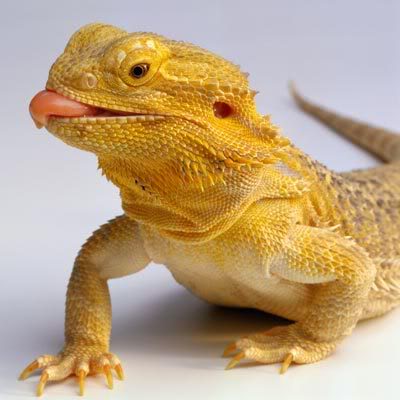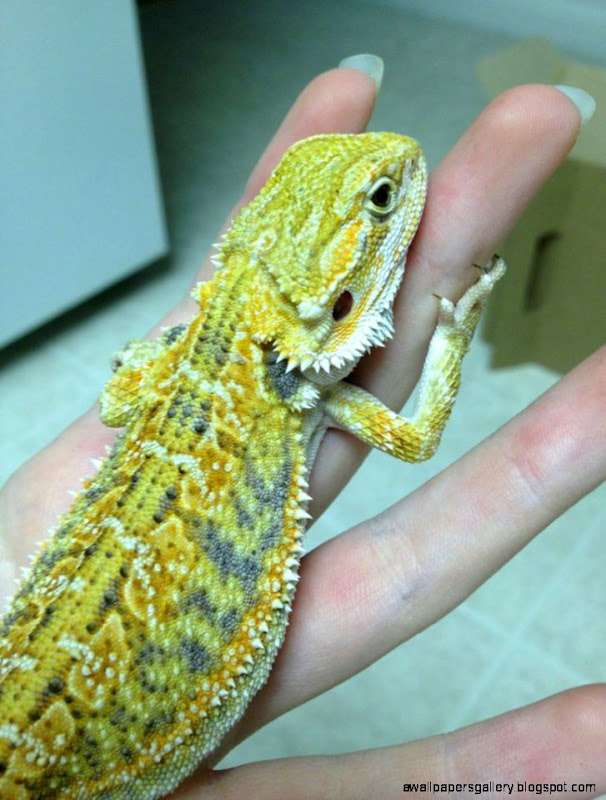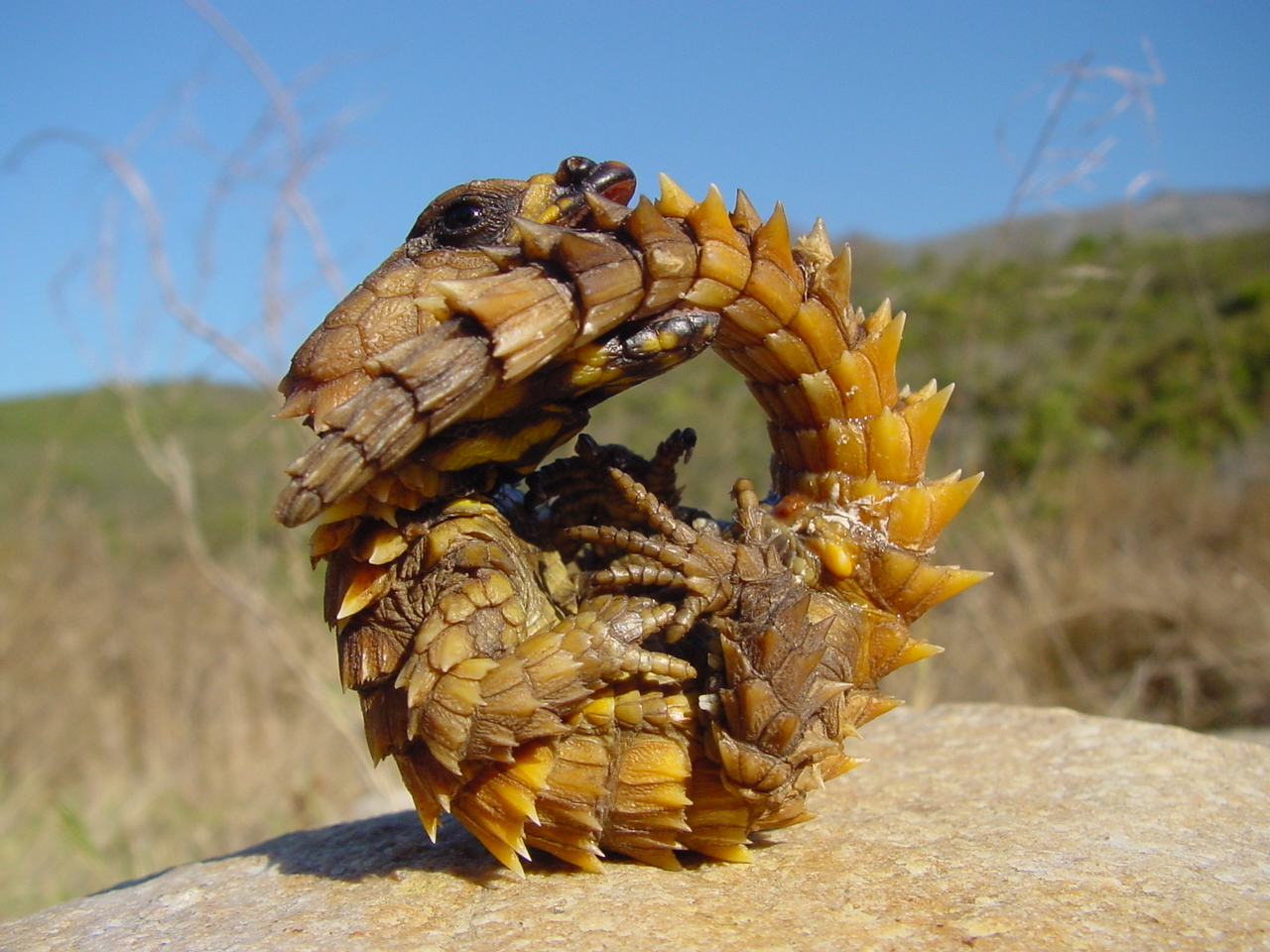Discover the Fascinating World of Lizard-Like Bearded Dragons
If you are new to reptiles, bearded dragons are a great pet to start with. Bearded dragons are one of the most popular lizard-like pets, known for their docile nature and great personalities. These lizards are native to Australia and make great pets because they are easy to care for and fun to watch. They are a popular choice for families with children and for anyone looking for low-maintenance pets.

The Physical Characteristics of Bearded Dragons
Bearded dragons, like other lizards, are cold-blooded animals. They have large triangular heads with rows of spiky scales that look like a beard. They are called bearded dragons because of this unique feature of their appearance. They also have a broad, flat body that makes them excellent climbers. They typically reach a length of 16-24 inches in length with a weight of 1-2 pounds. Their color varies from yellow to brown to reddish-orange.

Housing Your Bearded Dragon
Bearded dragons require a special environment to thrive in captivity. A glass terrarium is a good choice for housing your bearded dragon. The terrarium should be at least 40 gallons, have a screen top, and be equipped with heating and lighting (UVB and basking). The substrate of the terrarium should be made of something that is easy to clean such as newspaper or reptile carpet. Bearded dragons also need a place to climb and a basking area.

Feeding Your Bearded Dragon
Bearded dragons are omnivorous, which means they eat both plants and animals. In the wild, they eat insects, vegetables, and fruit. In captivity, they can be fed a diet of crickets, mealworms, fruit, and dark leafy greens. As a general rule, feed your bearded dragon insects that are no larger than the space between their eyes. Young bearded dragons should be fed twice a day, while adult bearded dragons can be fed once a day.

Handling Your Bearded Dragon
Bearded dragons are social creatures and enjoy being handled. However, it is important to handle them properly so as not to harm them. Wash your hands before handling your bearded dragon and support their entire body when picking them up. Never pick them up by their tail, as it can come off if it feels threatened. Also, never pick them up by their legs or arms as it can cause them to break. Always handle your bearded dragon with care.

Common Health Issues of Bearded Dragons
Bearded dragons can suffer from various health issues just like any other animal. The most common health problems are related to diet, habitat, and temperature. Signs of illness include loss of appetite, lethargy, and weight loss. If you notice any of these symptoms, it is important to take your bearded dragon to a veterinarian who specializes in reptiles. With proper care and attention, your bearded dragon can live a long and healthy life.
Conclusion
Bearded dragons are fascinating pets to own, and they are perfect for beginners. They are low maintenance, easy to care for, and have great personalities. With a little bit of research and preparation, you can provide your bearded dragon with a happy and healthy life. So, if you are ready to embark on an adventure of owning a lizard-like bearded dragon, get your terrarium ready and start your journey today!

